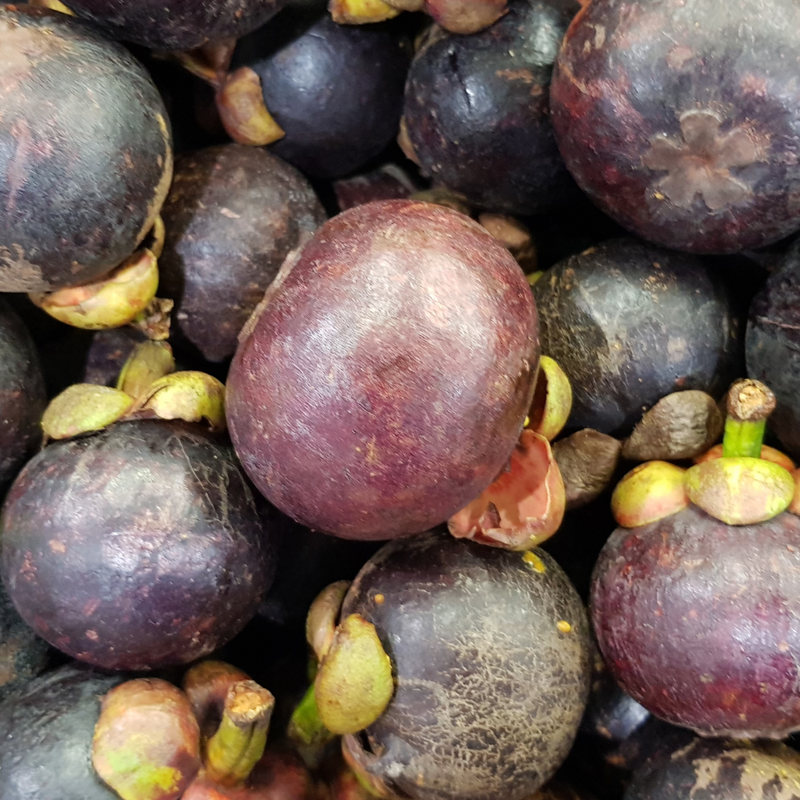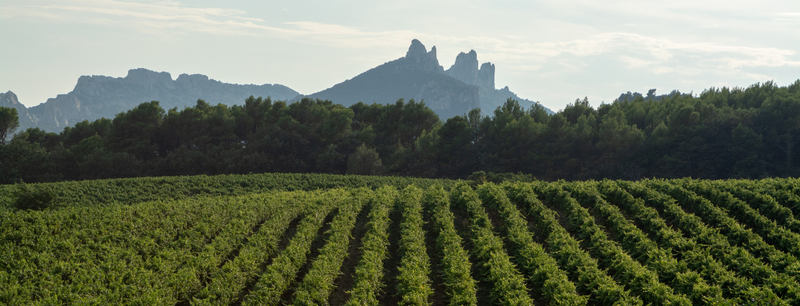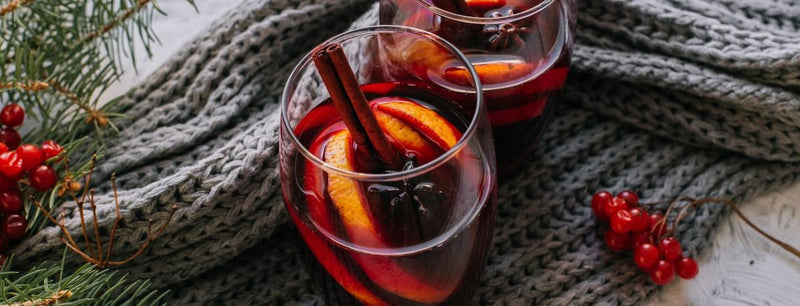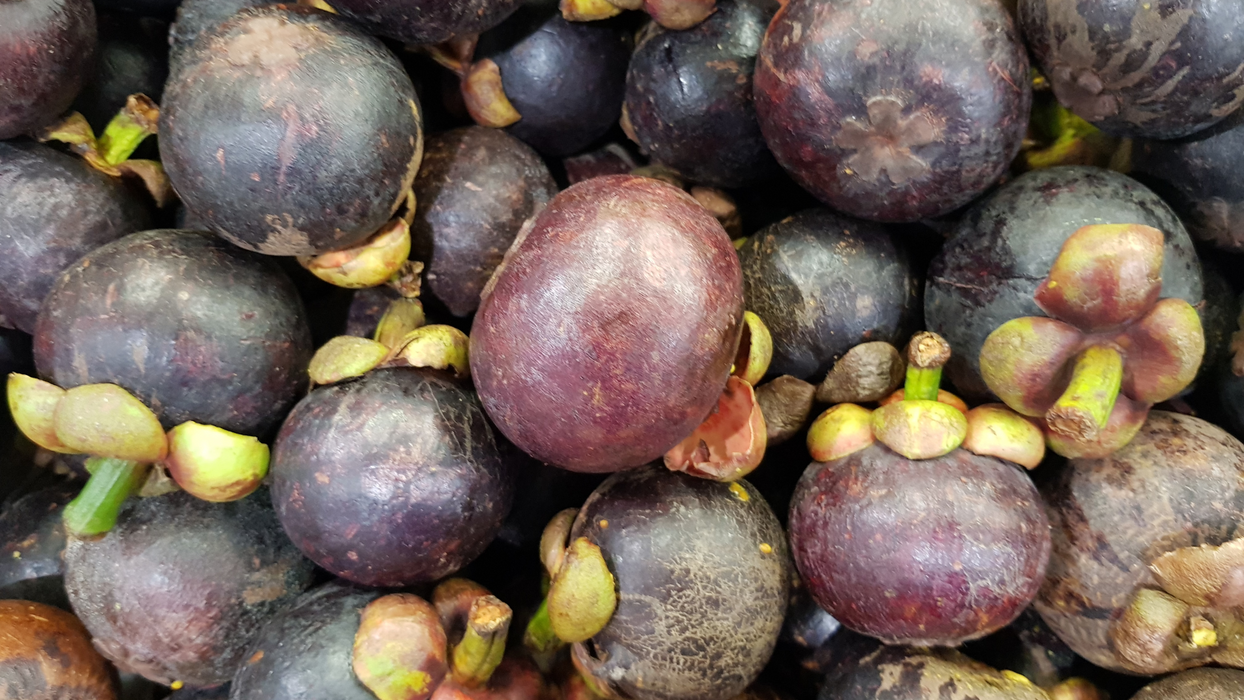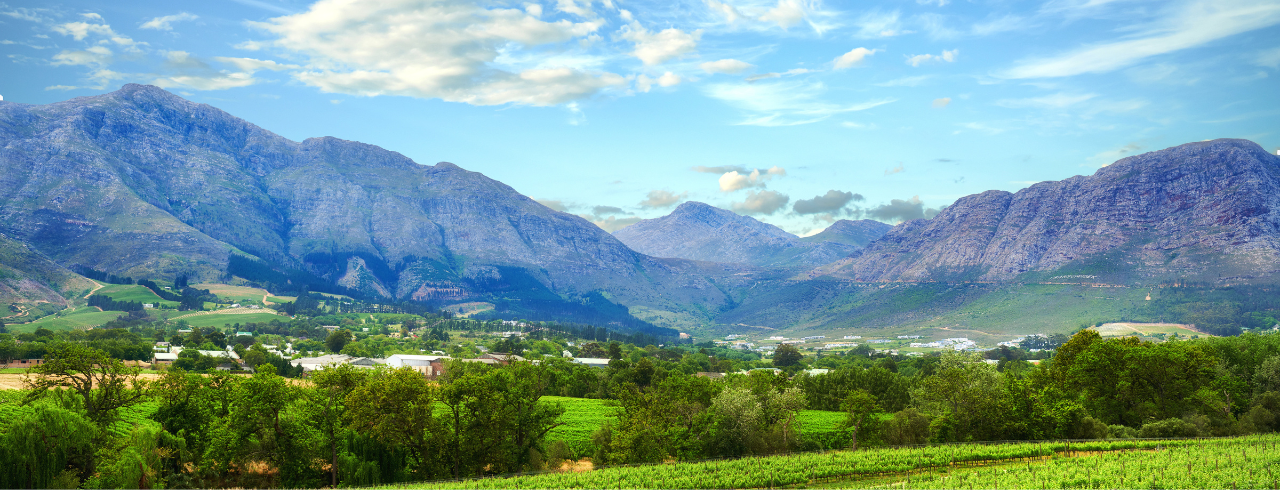
South African Wine Guide
Bordeaux, Tuscany, and California have reigned over the wine industry for centuries. By producing one-of-a-kind products, these areas––along with a few other wine regions––have become renowned around the world.
However, one country that does not get the credit it deserves is South Africa. Though South Africa is relatively new in the “wine world,” this does not take away from the complexity and quality of its wine.
The aroma and taste of South Africa’s wines range from silky fruit flavors to acidic, mineral notes. Not to mention, the country’s impressive array of wineries offers some of the best quality products.
We’ve rounded up everything you need to know about this exciting wine country in our South African wine guide!
The Western Cape
One of the more revered regions in South Africa is the Western Cape. Thanks to its coastal climate, it serves as a major source of wine production in the country. Here are a few noteworthy areas that produce luscious wines:
Stellenbosch
Perhaps, the most famous wine district in the Western Cape is Stellenbosch. With its rolling hills, the terrain of Stellenbosch allows multiple wine varieties to be grown.
The region’s hot and dry climate provides the ideal conditions for growing red wine grapes –– especially the area’s staple wine, Cabernet Sauvignon.
White wine grapes are grown closer to the ocean — the cool ocean breeze refreshing the grapes from the Sun’s heat.
Cederberg
Cederberg is home to one winery: the Cederberg Private Cellar. The most curious aspect of this establishment is its high altitude. The winery is over 1,000 meters above sea level and thus, the wind of the Cederberg Mountains keeps wine grapes cool. Some wines produced here are Sauvignon Blanc, Chenin Blanc, and Merlot.
Swartland
Lying in the north of Cape Town lies Swartland. Its area encompasses a significant amount of land. As a result, vineyards can be on mountain foothills or gentle hillsides. Swartland’s hot and dry conditions allow winemakers to produce rich, fruity wines, including Shiraz, Chenin Blanc, and Pinotage.
South African Red Wines
One thing that South African wineries excel at is creating a picture-perfect red wine. So if you need a dry or sweet red wine, South African vineyards are here to help!
Pinotage
Pinotage is a red wine blend––consisting of Pinot Noir and Cinsault. Despite being associated with Pinot Noir, Pinotage wine is the direct opposite of that variety.
For example, a bottle of Pinotage can contain fruity flavors, like raspberry, blackberry, and plum. What makes this blend distinct is the hints of bacon, soy sauce, tar, anise, and pipe tobacco in its taste. Other aspects of Pinotage are its bold tannins and low acidity.
The wine should accompany big meals with prominent flavors. A variety of meats––such as venison, goat, and lamb––serve as the ideal companion for Pinotage. But if you’re not in the mood for meat, then peppers, mushrooms, eggplant, aged cheddar, gouda, and any smoked cheese should work wonders.
Cabernet Sauvignon
Even though Cabernet Sauvignon originated in France, it has boomed in popularity with South African consumers. The wine is a cross between Sauvignon Blanc and Cabernet Franc.
The flavors of Cabernet Sauvignon are blackberry, black cherry, plum, cedar, green bell pepper, and tobacco. It has a medium acidity, full-body, high tannins, dry nature, and significant alcohol content.
Cabernet Sauvignon goes well with foods––containing fats and protein. This includes a rack of lamb, prime rib, ribeye, New York strip, and filet mignon. Foods with sauces––like pan sauce bordelaise or rich balsamic glaze––can be consumed to balance the wine’s acidity and tannins.
South African White Wines
While South Africa is mainly known for its red wines, the country offers all the delectable white wines that we have come to know and love.
Chardonnay
What would a white wine list be without Chardonnay? This classic is grown everywhere around the world. Its characteristics can depend on the soil, terroir, and how it’s aged. Therefore, a Chardonnay made in Cederberg will be slightly different from a Chardonnay made in Swartland.
Chardonnay contains hints of apple, pear, peach, and melon. This white wine is known for its high acidity, medium-body, low tannin levels, dry nature, and medium alcohol content. These factors may vary if you are drinking an oaked or unoaked Chardonnay.
Chardonnays should be paired with light dishes. Roasted chicken, seafood, and Alpine-style cheeses can be eaten alongside a glass of unoaked Chardonnay. Oaked Chardonnay will taste wonderful with seafood and guacamole or simple dishes like seared scallops.
Chenin Blanc
Chenin Blanc’s second home is South Africa despite this varietal’s French origins. It has become the country’s most widely planted grape.
Chenin Blanc contains apple, pineapple, pear, spices, peach, and honeydew melon notes. Some noteworthy traits of the wine are its high acidity, light-body, low tannins, “adaptable nature” (in other words, Chenin Blanc can be dry or sweet), and moderate alcohol content.
The fruitiness of Chenin Blanc is an excellent companion to meats, seafood, and salads. On the other hand, desserts and mildly spicy foods can balance the sweetness of Chenin Blanc.
It’s Time To Try Some South African Wines!
South Africa is one of the most fascinating places in the “wine world.” Not only does the country have unique wines like Pinotage, but it also has classic wines we all know and love.
If you want to try some of these delicious drinks, feel free to go through our catalog of South African wines.
